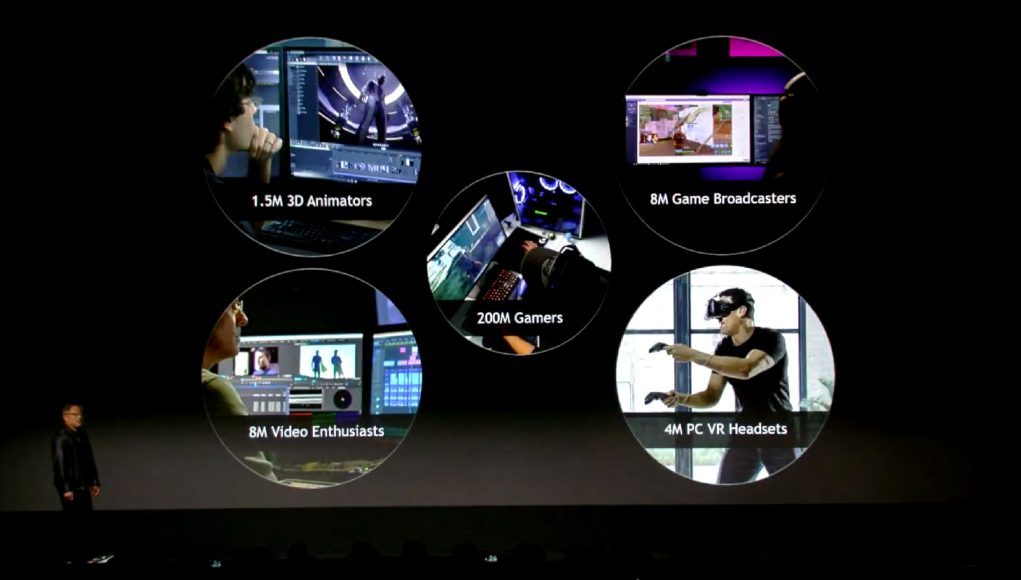NVIDIA co-founder & CEO Jensen Huang took the stage today at the company’s CES 2019 press conference, issuing a strong claim that four million PC VR headsets have been sold to date.
Update (January 7th, 2019): Nvidia told Road to VR that the figure was the result of data compiled by analytics firm ABI. The original article follows below.
Original Article (January 6th, 2019): The two largest PC VR headset manufacturers, Oculus and HTC, have been cagey on providing sales numbers, although GPU manufacturer Nvidia might have a pretty good line on how many headsets have been sold since consumer PC VR came to market in early 2016.
While the provenance of the figure isn’t clear at this time, Huang seemed to imply, but didn’t outright state, that it was based on the company’s own analytics, which would make it a much more accurate figure than a mere estimate. (see update)
Aside from Nvidia’s own data, the figure could have come from official data shared by the company’s VR hardware partners, or be an analyst estimate.
It’s import to note that GeForce Experience, the company’s software suite, already detects your computer’s hardware to determine if it meets the ‘VR Ready’ specification. It might also provide Nvidia with the information about which displays customers are plugging into their GPUs, which could include whether a VR headset has been plugged in or not—an important part of the equation considering Nvidia makes up such a significant percentage of the GPU industry’s market share.
We’ve reached out to Nvidia to clarify the source of the four million PC VR number, and will update when we hear back.
We have feet on the ground at CES 2019 in Las Vegas. We’ll be reporting on all the latest AR/VR news this week, so check back soon.







